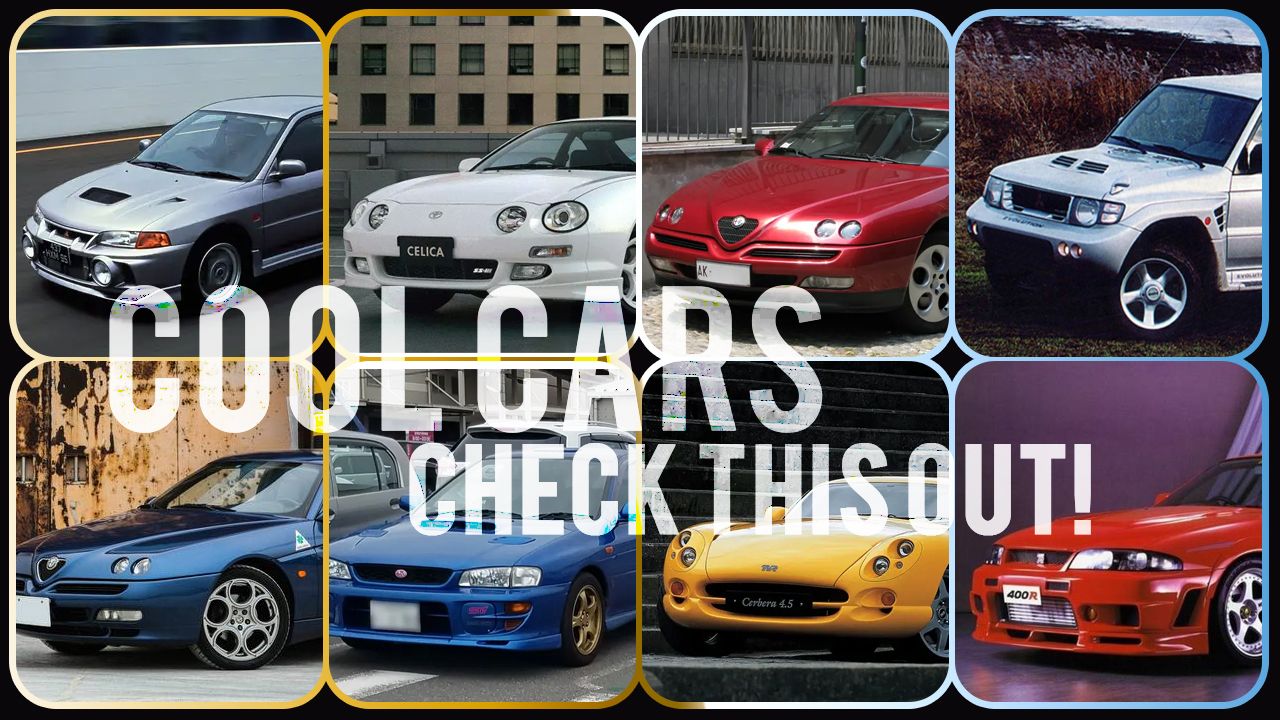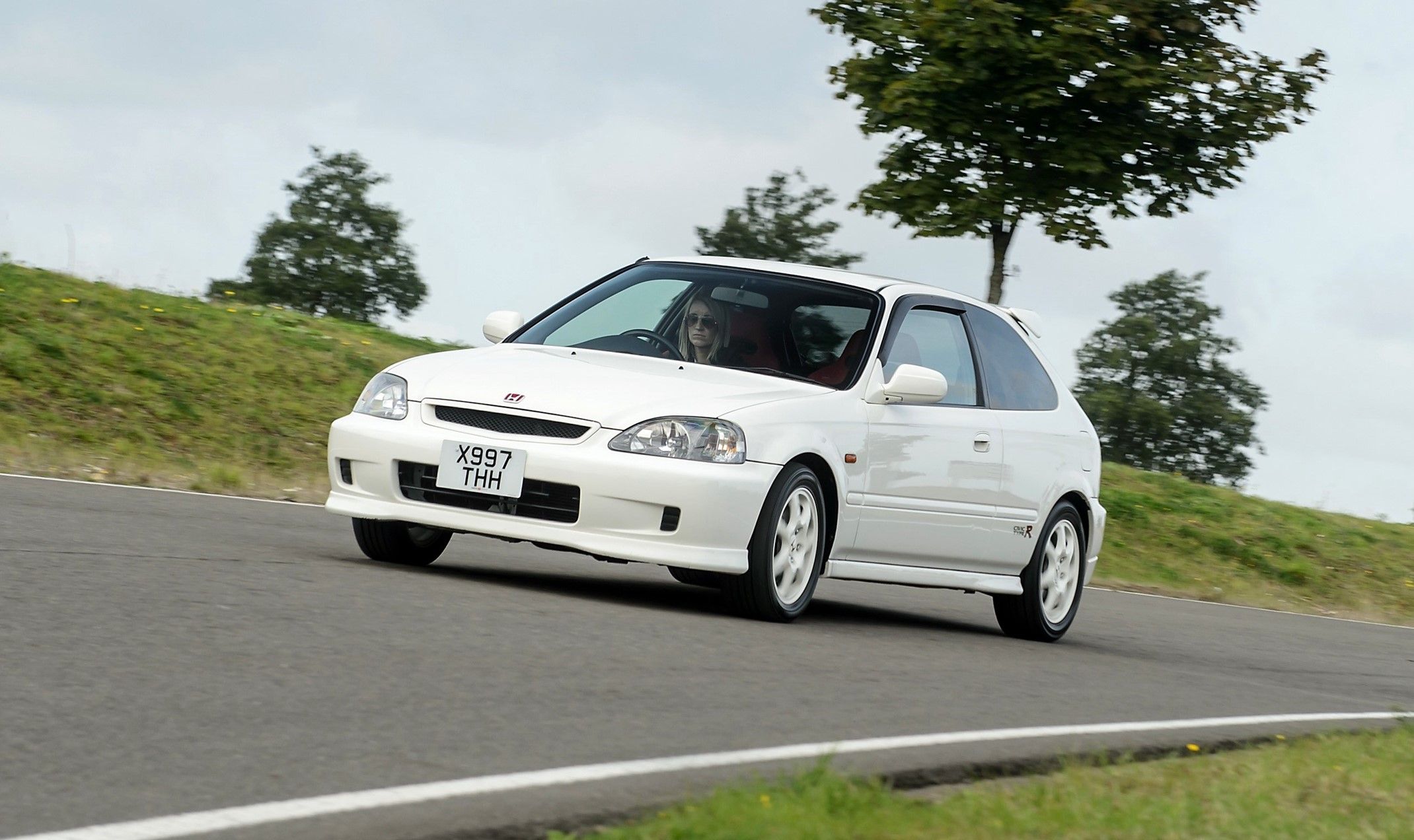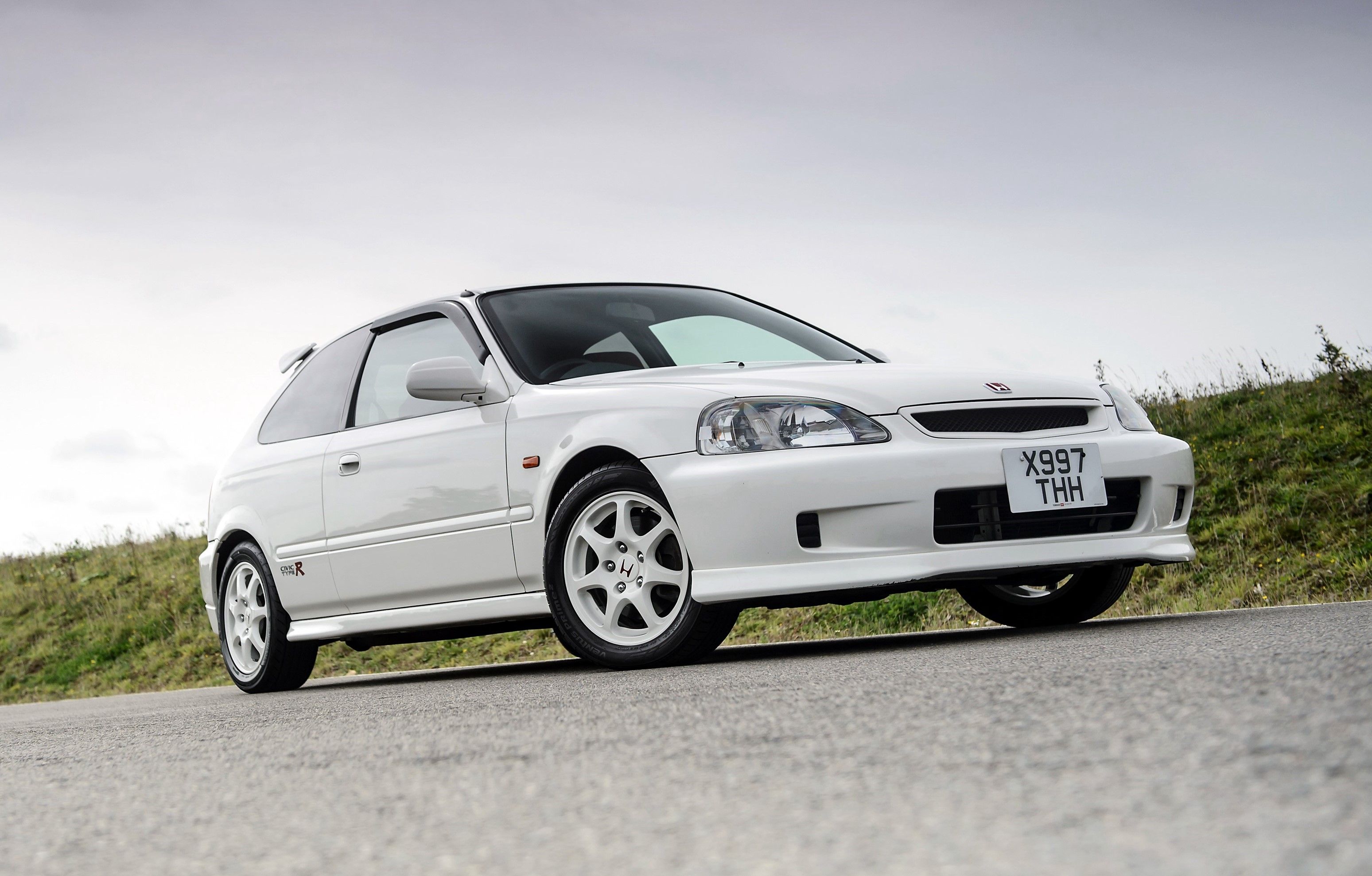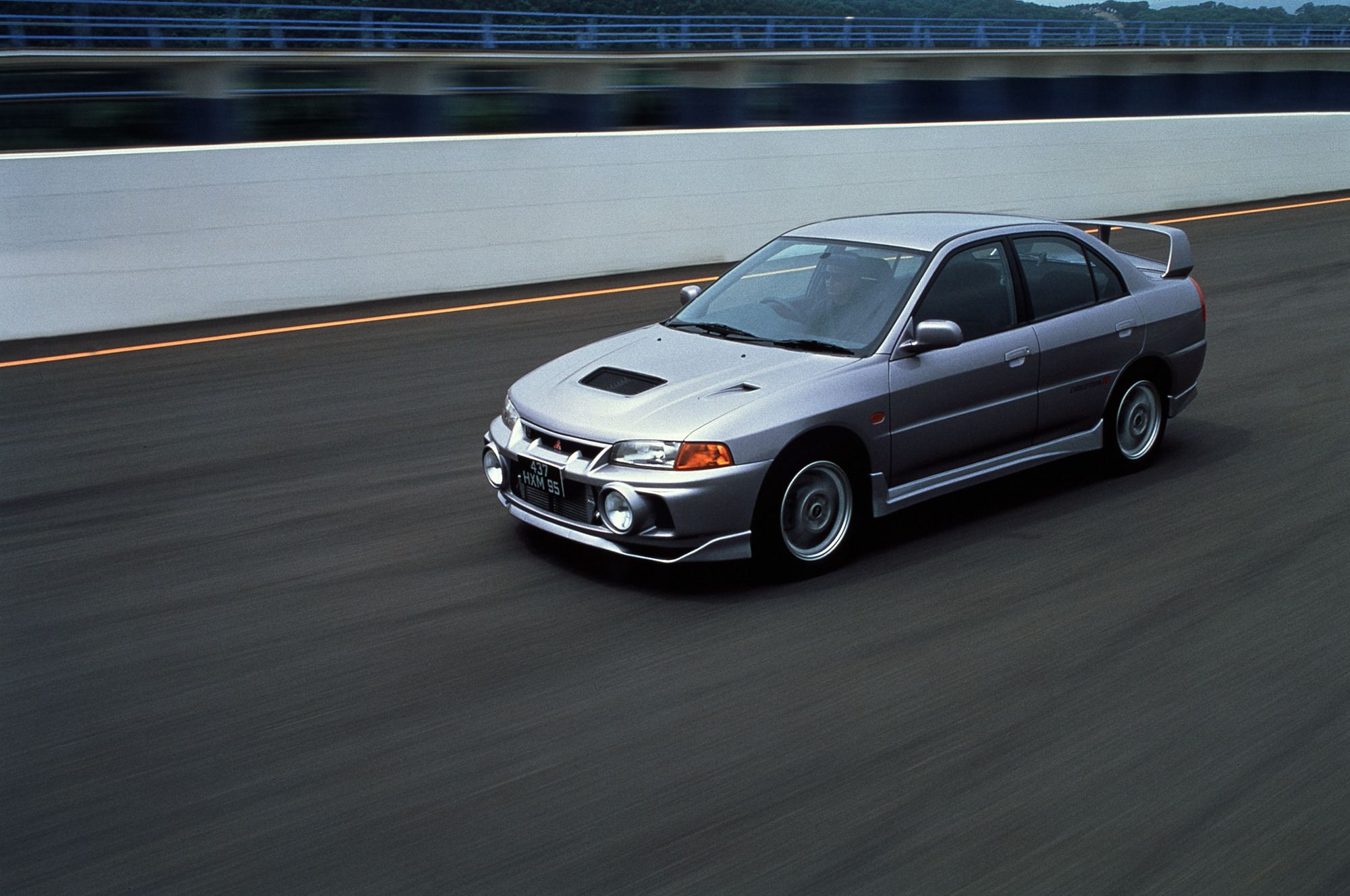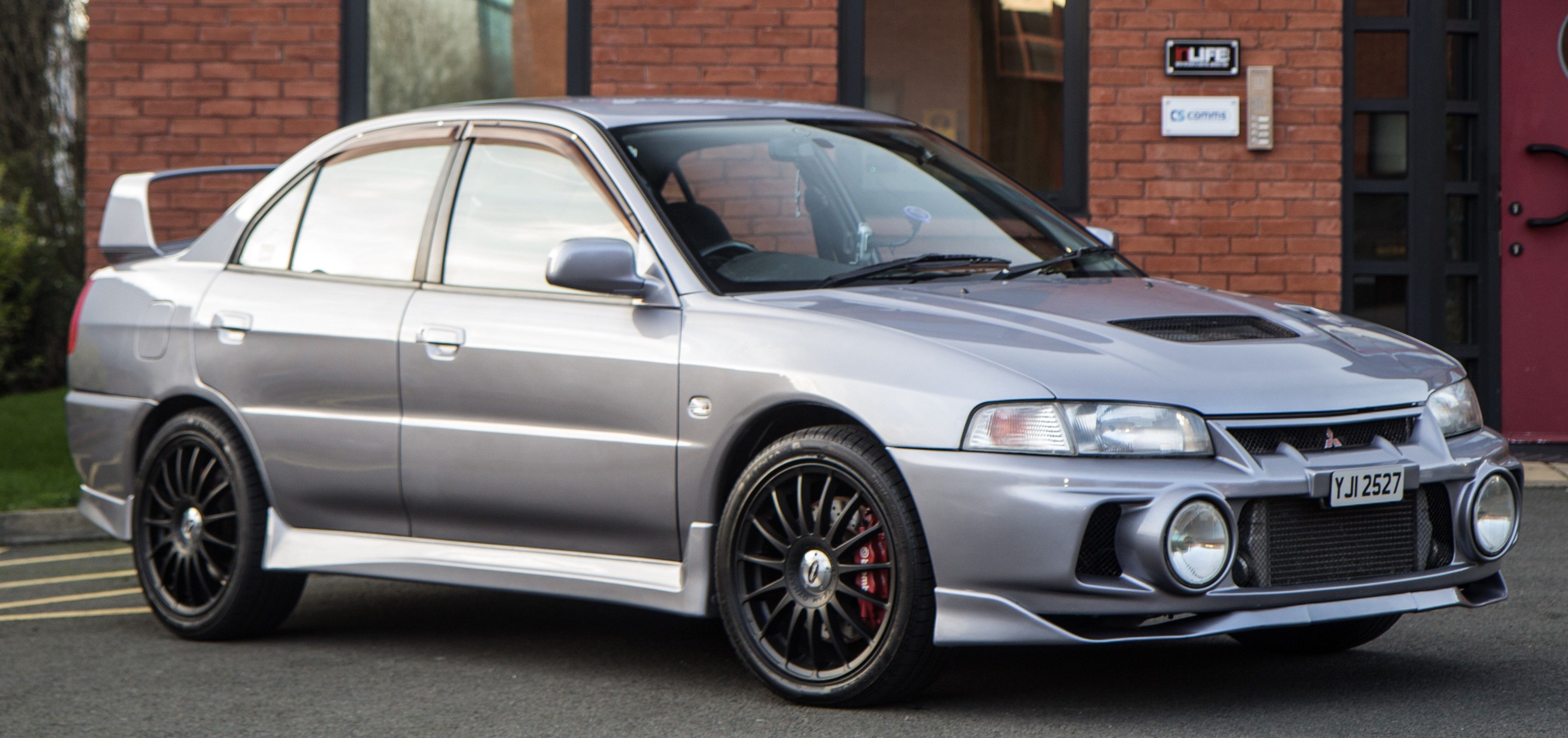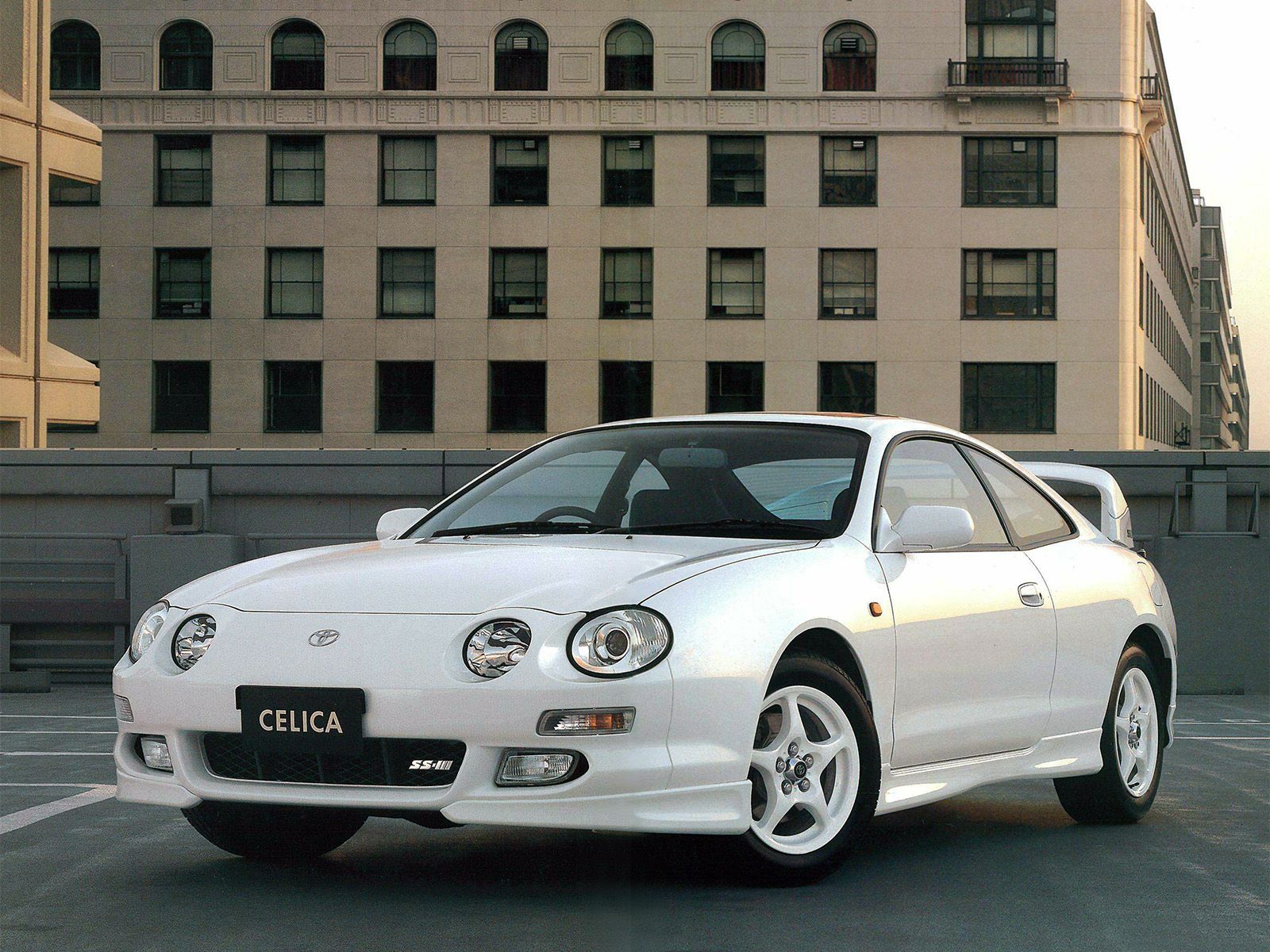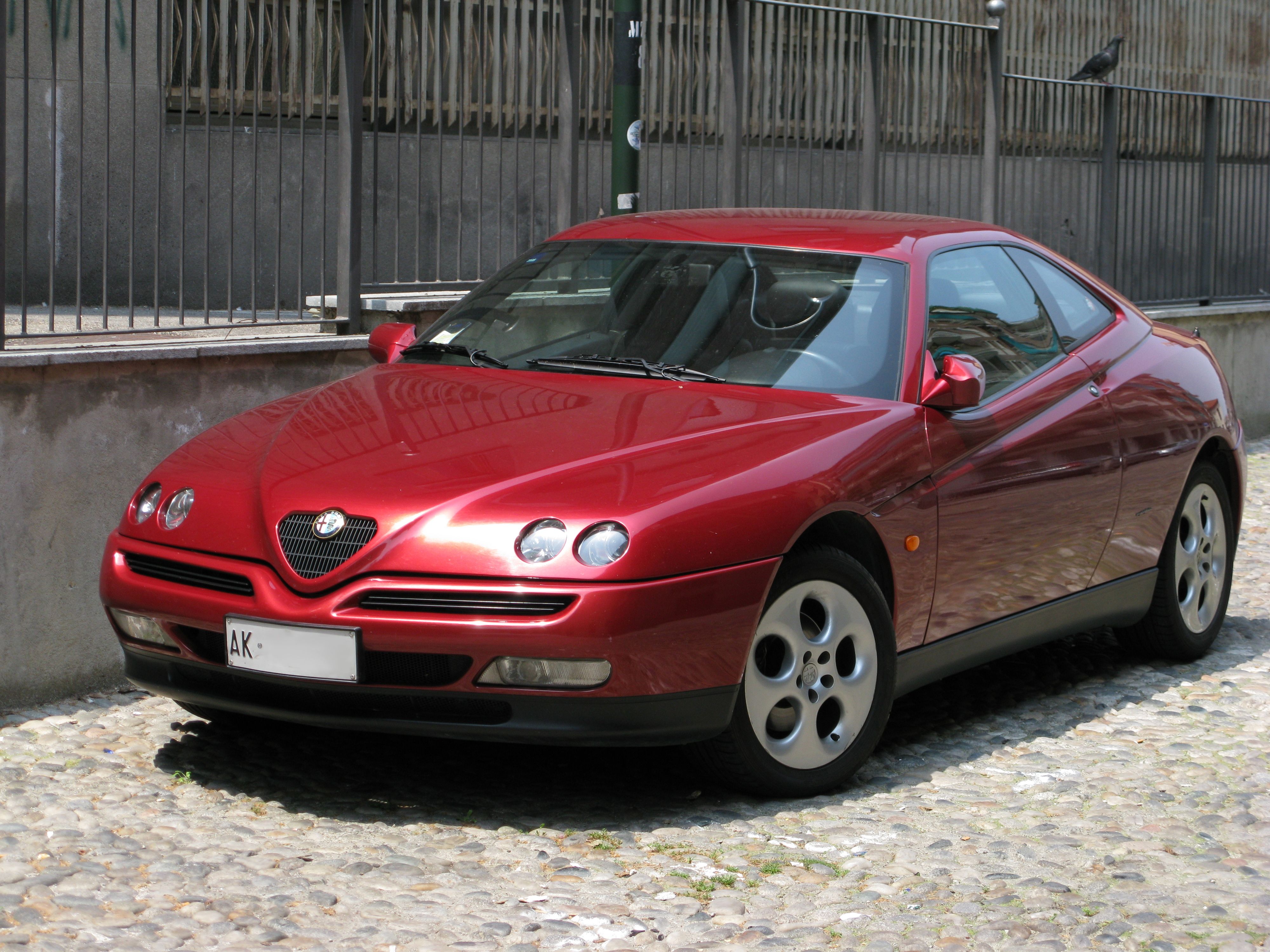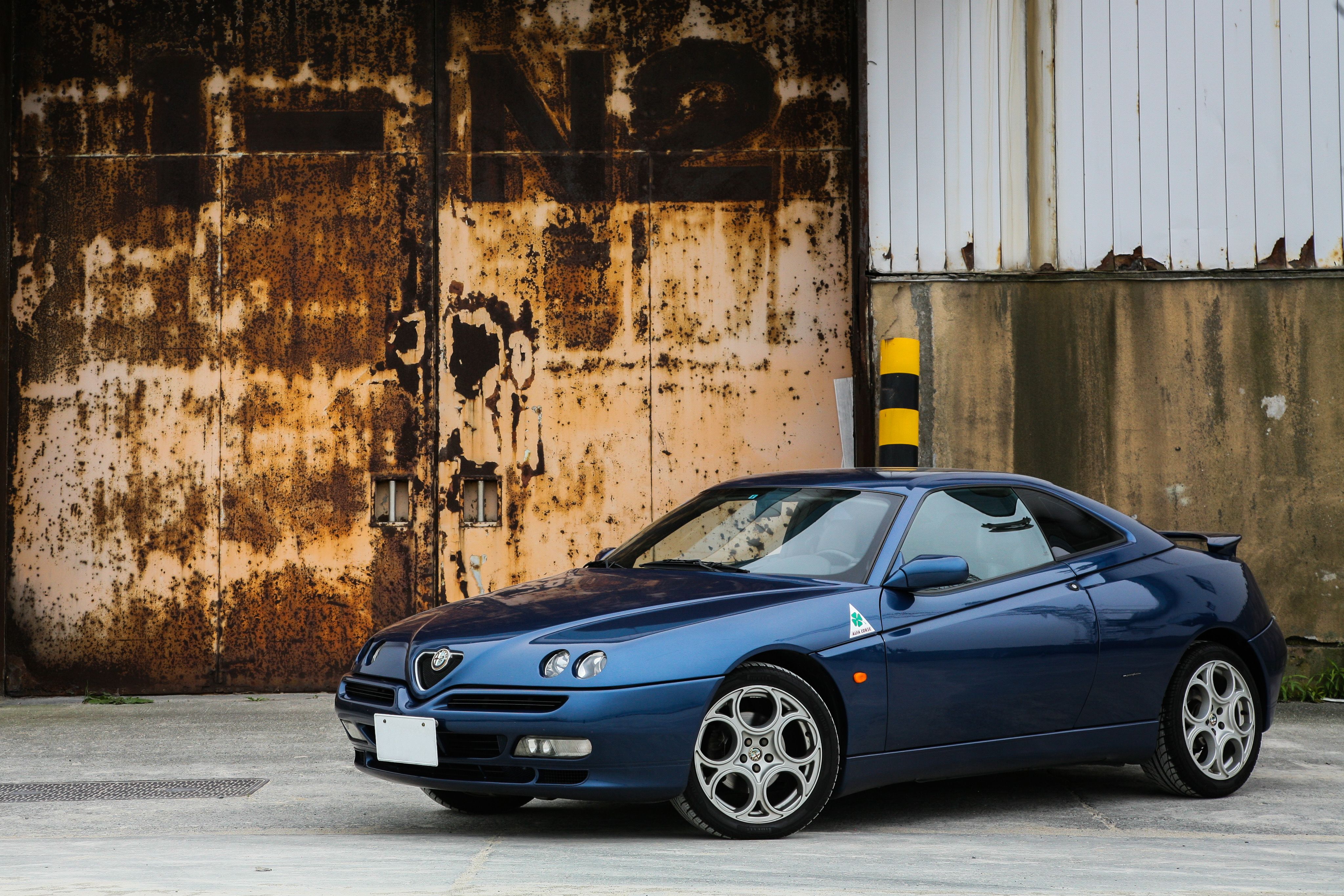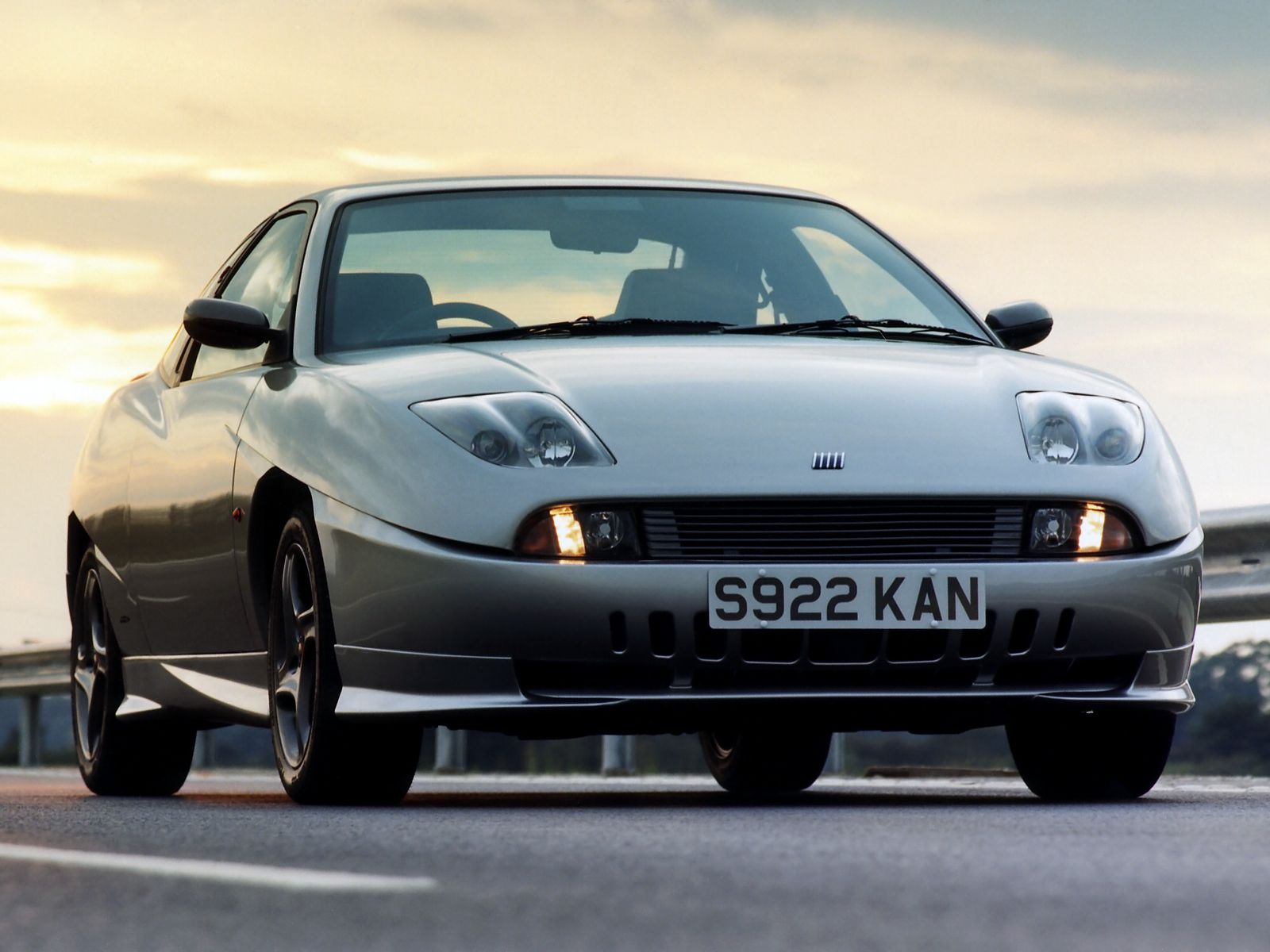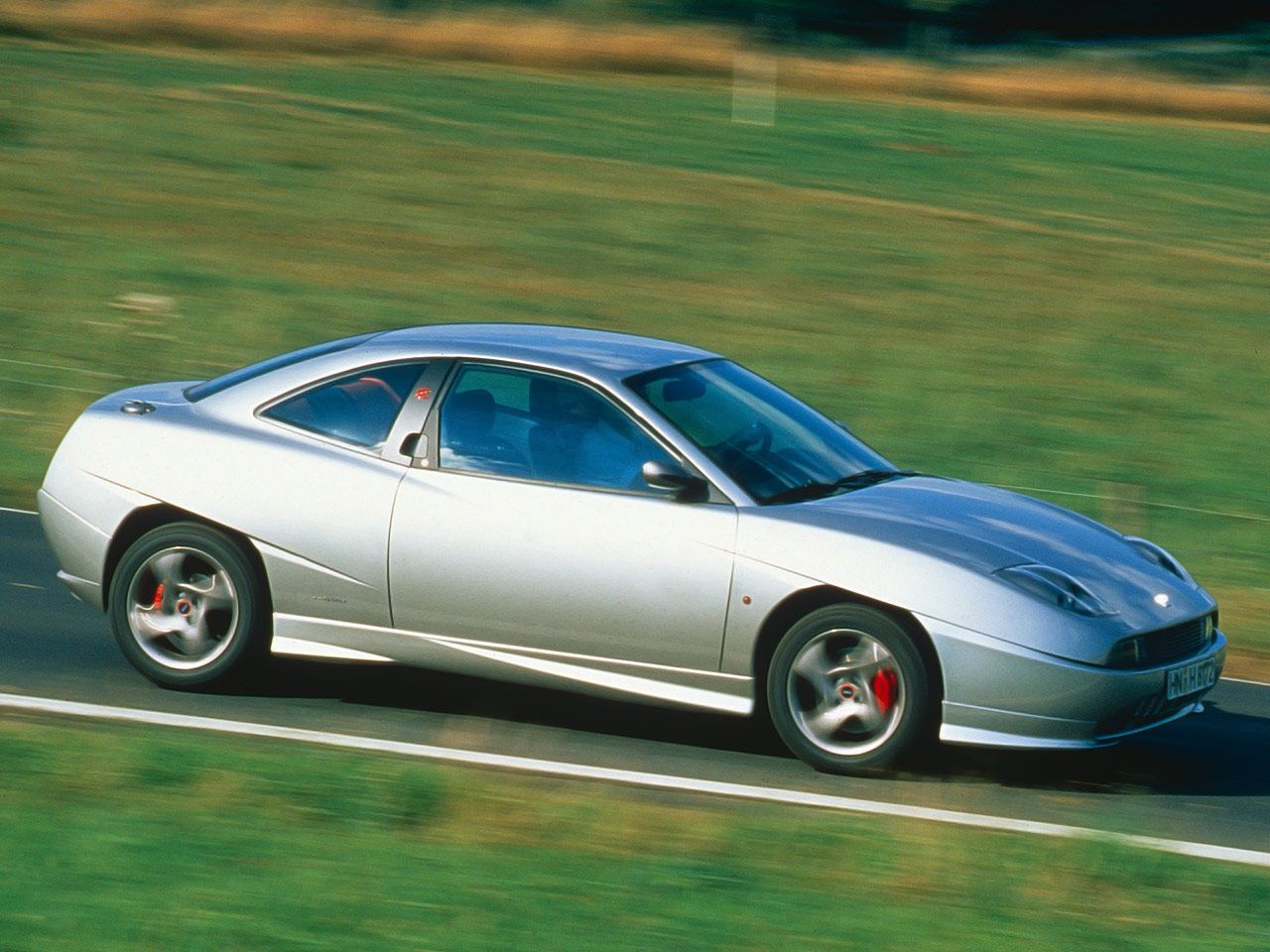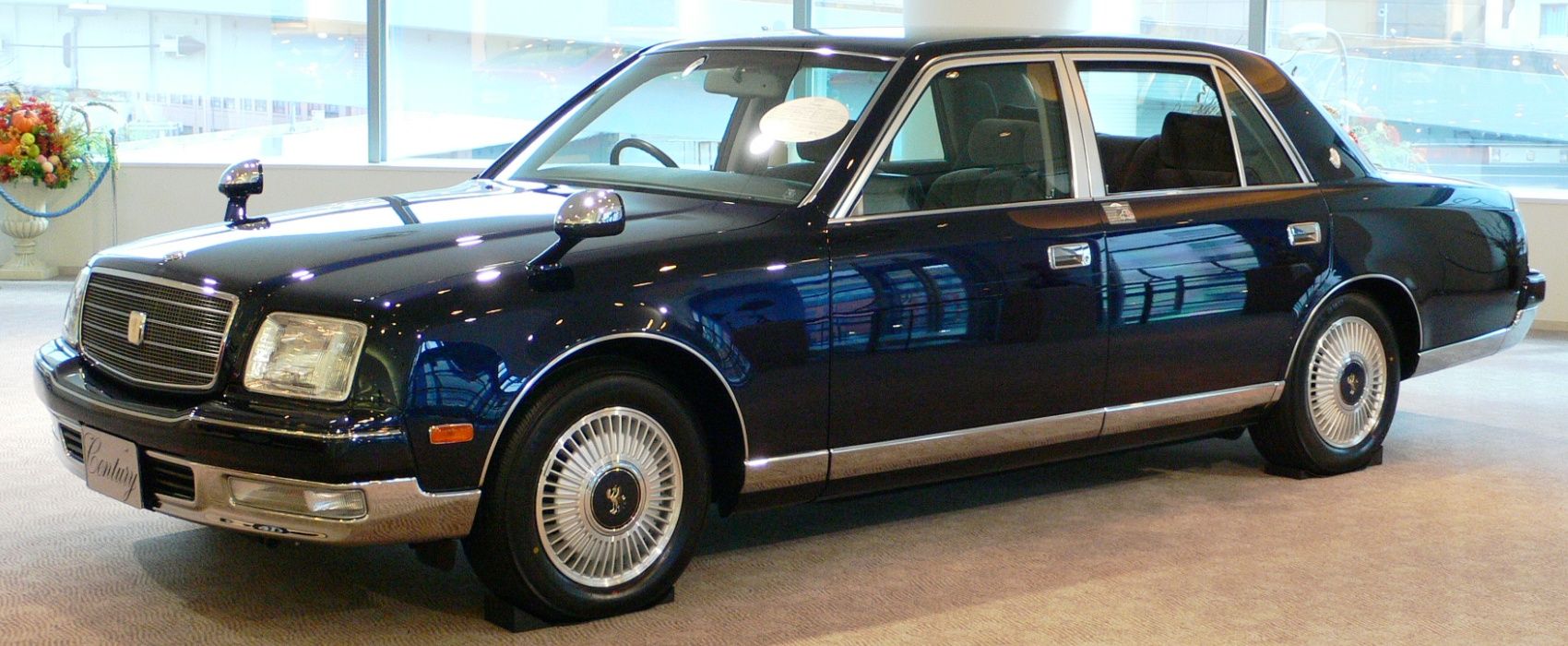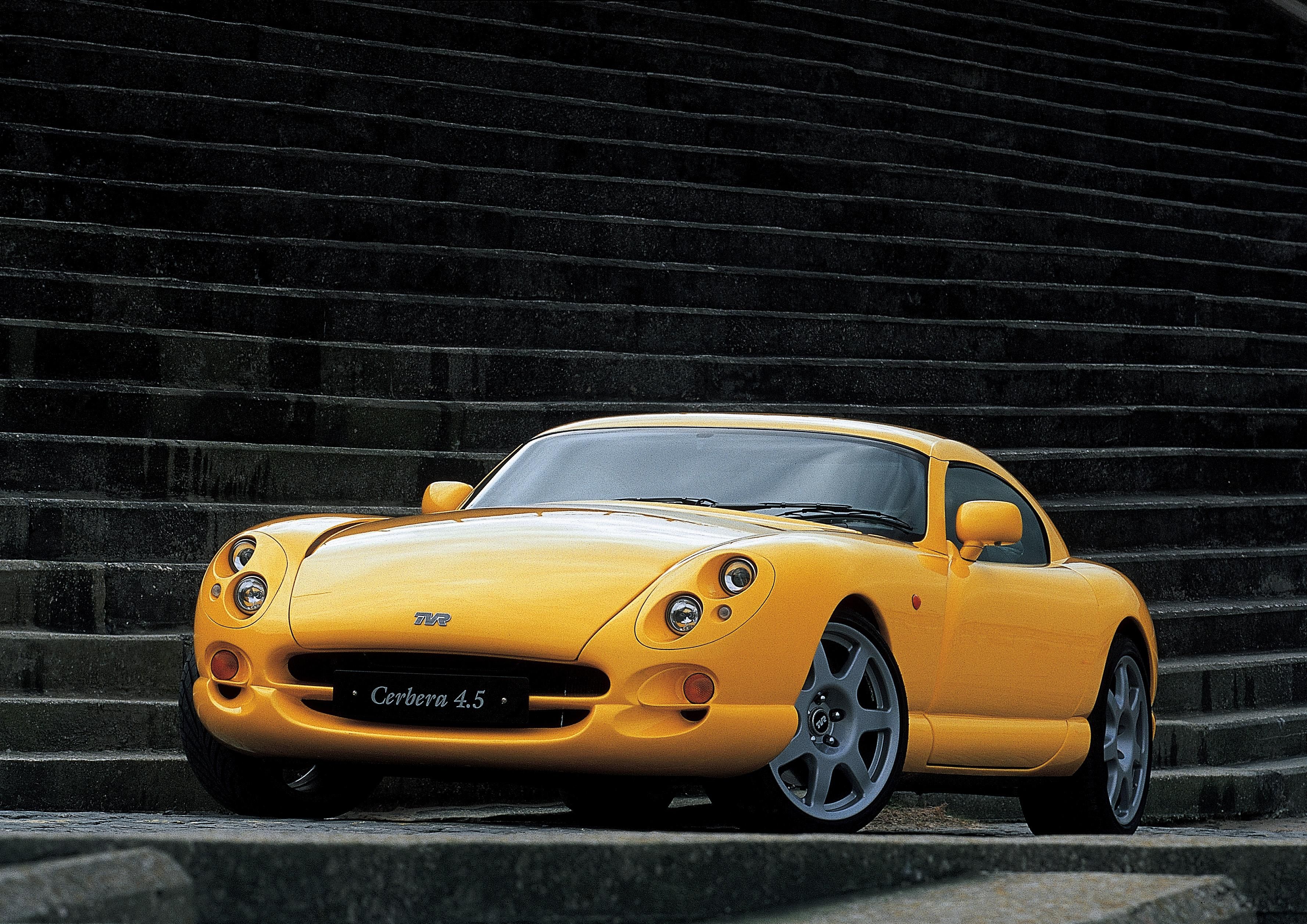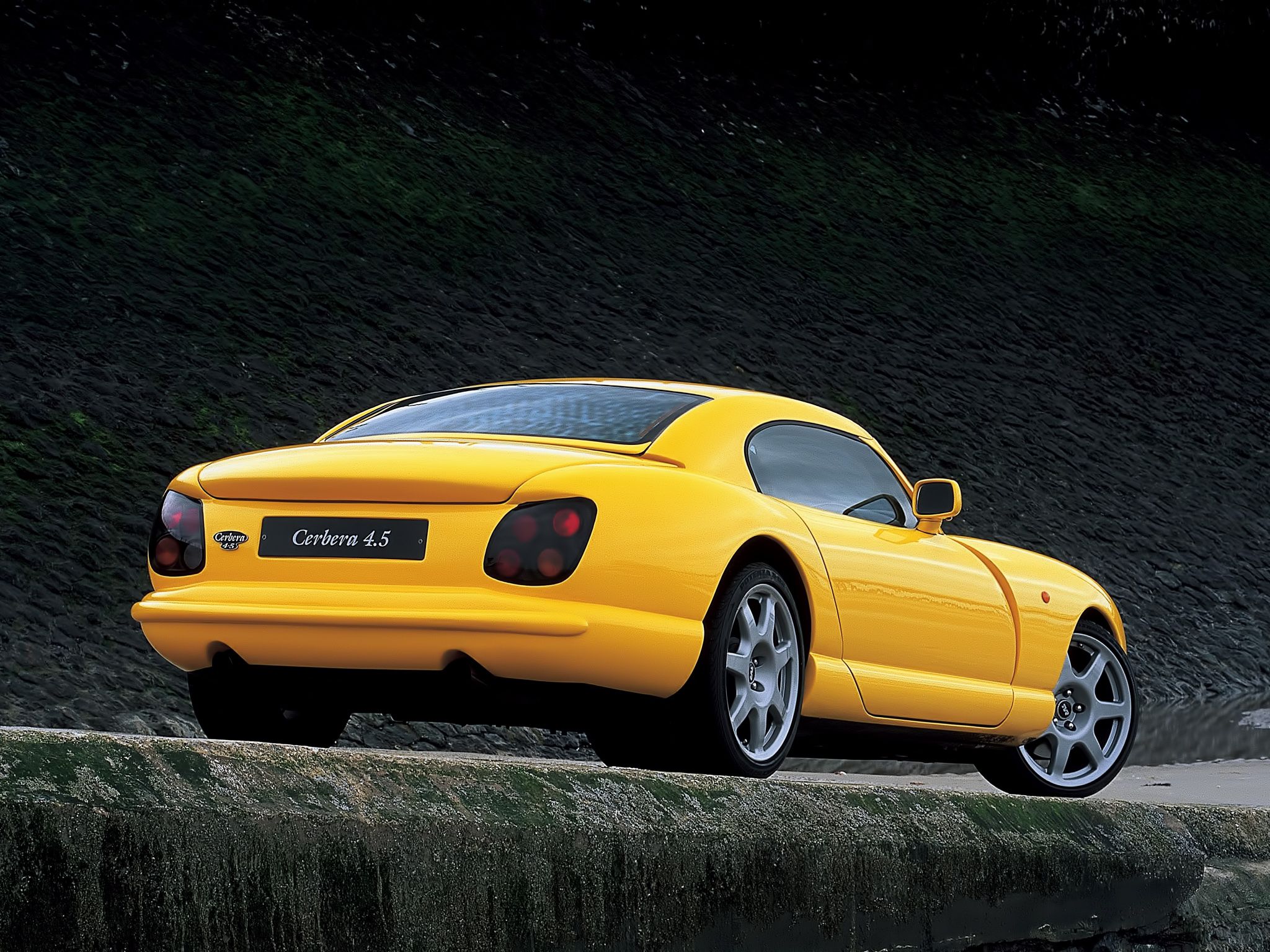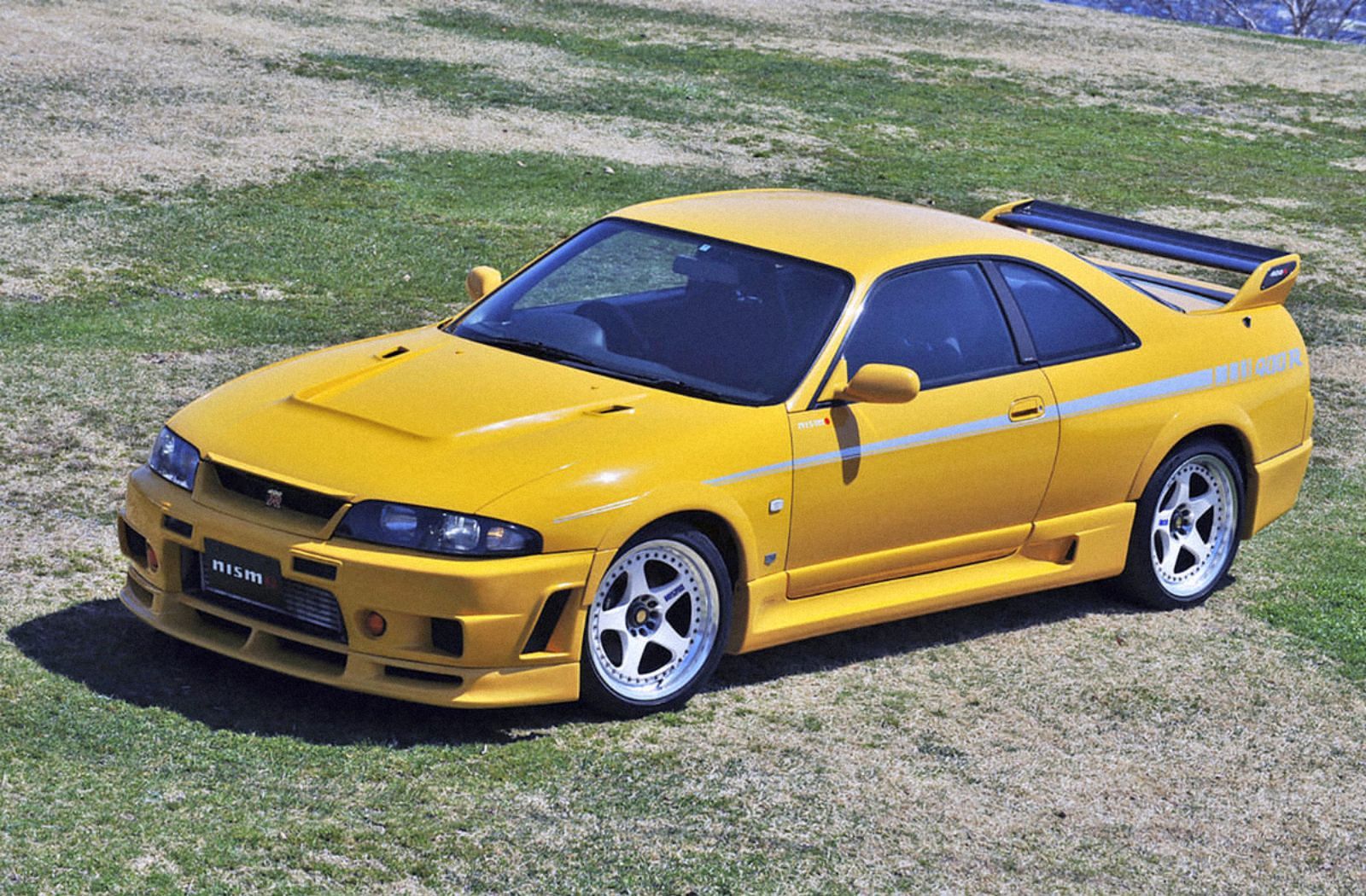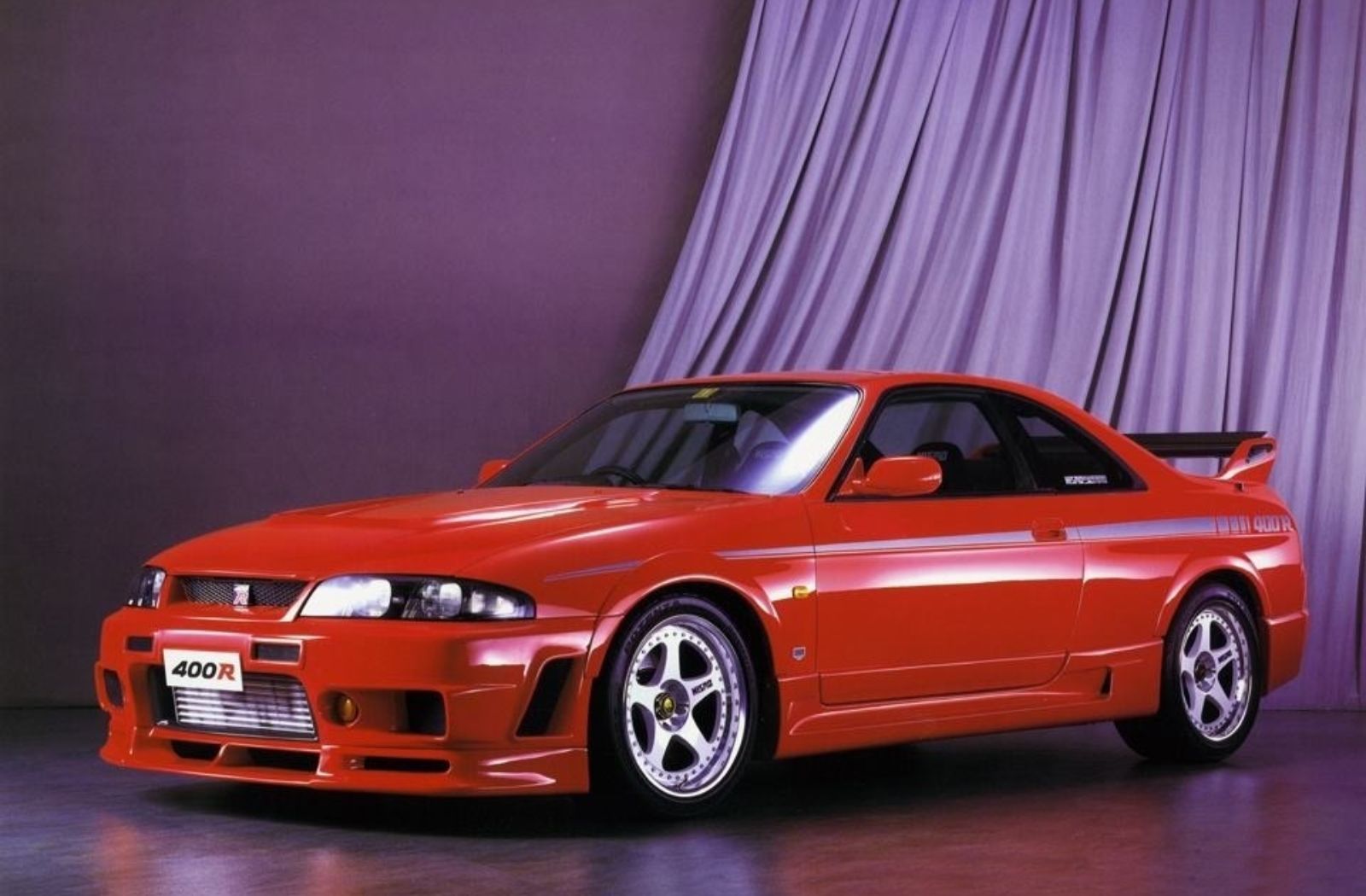Those looking to import a car into the US are probably familiar with the 25-year rule, according to which, a car that wasn’t originally sold on the US market needs to be 25 years or older, in order for it to be legally imported and driven. To be more precise, the VIN number of the vehicles needs to be 25 years old, so if a car was produced in September 1997, you will need to wait until September 2022, in order to legally import it. With this in mind, here are 10 awesome cars that will be eligible for import, in 2022.
Honda Civic Type-R EK9
The original Honda Civic Type-R came out in 1997, which means you can now import one into the US, under the 25-year rule. The first-generation Civic Type-R is already a sought-after collector's car because of its lightweight, nimble chassis, and rev-happy, B16B engine. The little 1.6-liter inline-four develops 182 horsepower (136 kilowatts) at 8,200 RPM and 118 pound-feet (160 Nm) at 7,500 RPM. This allows the 2,315-pound (1,050 kg) to sprint to 60 mph (97 km/h) in just 6.7 seconds on its way to a 15.3-second quarter-mile time, and a top speed of 140 mph (225 km/h).
Mitsubishi Lancer Evolution IV
Mitsubishi finally decided to bless the US market with a Lancer Evolution in 2001, with the seventh generation of the rally-bred sedan. However, if you want the more classic versions of this road-legal rally car, the Evolution IV is now becoming 25 years old, which means you can finally import one. What sets the Evo IV apart is the new, distinctive design (Evo I to III) were more or less the same car) and the introduction of Active YAW Control – essentially, an early version of torque-vectoring.
It was with this generation and with rally-legend, Tommi Makinen behind the wheel, Mitsubishi broke Subaru’s WRC dominance. The 2.0-liter, turbocharged, inline-four, 4G63T engine produces 276 horsepower and 261 pound-feet (354 Nm), which is enough for a 5.1-second 0 to 60 mph (97 km/h) time. At the same time, the car weighs just 2,981 pounds (1,352 kg). You've driven it on Gran Turismo and now, you can drive it in real life. I certainly would.
Mitsubishi Lancer Evolution IV specifications
|
Engine |
2.0-liter, turbocharged, inline-four |
|---|---|
|
Power |
276 HP |
|
Torque |
261 LB-FT |
|
0 to 60 mph |
5.1 seconds |
|
Weight |
2,981 lbs |
Toyota Celica SS III
When you think of the 1990s Toyota Celica, you probably think of the rally-bred Celica GT-Four. While that one has already proven to be a sought-after JDM collectible. That said, there is another model, which has been largely forgotten. The SS (Super strut) started as a suspension and chassis package, including a sportier suspension and stiffer chassis.
Toyota Celica SS III was the most powerful of three versions and featured Toyota’s Red-top 3S-GE BEAMS engine. The 2.0-liter, normally-aspirated inline-four could rev up to 9,000 RPM. Peak power was 200 horsepower at 7,000 RPM, while peak torque was 152 pound-feet (206 Nm) at 6,000 RPM. Coupled with a five-speed manual gearbox, the Celica SS III could reach 60 mph (97 km/h) in 6.5 seconds – just 0.2 seconds slower than the all-wheel-drive GT-Four.
It was, essentially, Toyota’s take on the Honda/Aura Integra, but because many people are unfamiliar with it, it’s still attainable, with decent examples going for around $7,000.
Toyota Celica SS III specifications
|
Engine |
2.0-liter, normally-aspirated inline-four |
|---|---|
|
Power |
200 HP @ 7,000 RPM |
|
Torque |
152 LB-FT @ 6,000 RPM |
|
0 to 60 mph |
6.5 seconds |
|
Transmission |
five-speed manual |
Alfa Romeo GTV & Spider
When it came out, in 1993, the Alfa Romeo GTV was praised as one of the best-handling, front-wheel-drive sports cars. While it may sound like something of an oxymoron, the Pininfarina-designed Alfa spoils you with great handling. While older versions can be imported to the US, the 1997 Phase 1b introduces 24 valves to the 3.0-liter V-6. This translates into 220 horsepower and 199 pound-feet (270 Nm).
Despite weighing in at 3,159 pounds (1,433 kg), the GTV (or Spider – the soft-top convertible version of the GTV) is capable of 0 to 60 mph sprint in 6.1 seconds. The gearbox is a five-speed manual. This is the second quickest version of the car after the 3.2-liter Busso V-6 engine, which comes on the 2003 Phase 3 version.
Alfa Romeo GTV & Spider specifications
|
Engine |
3.0-liter V-6 |
|---|---|
|
Power |
220 HP |
|
Torque |
199 LB-FT |
|
0 to 60 mph |
6.1 seconds |
|
Weight |
3,159 lbs |
|
Transmission |
five-speed manual |
Fiat Coupe 20V Turbo
The Fiat Coupe is another compact Italian sports car you can import. The most desirable one is the 20V Turbo, which has a 2.0-liter, turbocharged, inline-five engine Lancia engine that produces 220 horsepower and 229 pound-feet (310 Nm). Like the Alfa Romeo, it is a front-wheel drive, but it has a viscous limited-slip differential, which does a great job at countering understeer.
The torquey inline-five does an effortless job of propelling the 2,888-pound (1,310 kg) coupe to surprisingly high speeds. The 0 to 60 mph (97 km/h) time is 6.0 seconds and the top speed – 155 mph (250 km/h). The gearbox is only one – a six-speed manual.
Another, slightly less desirable version is the Fiat Coupe 16V Turbo, which shares its turbocharged inline-four engine with the Lancia Delta HPE HF Turbo. This means 190 horsepower and 214 pound-feet (290 Nm), mated to a five-speed manual. The setup is good for a 0 to 60 mph time of 6.5 seconds and a top speed of 140 mph (225 km/h).
Fiat Coupe 20V Turbo specifications
|
Engine |
2.0-liter, turbocharged, inline-five |
|---|---|
|
Power |
220 HP |
|
Torque |
229 LB-FT |
|
0 to 60 mph |
6.0 seconds |
|
Weight |
2,888 lbs |
|
Top Speed |
155 mph |
Toyota Century G50
The Toyota Century G50 is the second generation of Toyota’s large, luxury sedan. The first generation had three different evolutions – G20, G30, and G40, and was produced from 1967 to 1997. The G50 was the first generation to introduce the incredibly smooth 5.0-liter, 1GZ-FE V-12 engine. While export versions produced 299 to 310 horsepower and 355 pound-feet (481 Nm), JDM versions were said to produce 280 horsepower, due to the Gentlemen’s agreement.
Despite the Century tipping the scales at 4,387 pounds (1,990 kg), it still manages a 0 to 60 mph (97 km/h) time of 7.5 seconds, on its way to a top speed of 149 mph (239 km/h), assuming the 112 mph (180 km/h) speed governor has been removed. Earlier models feature a four-speed, Aisin-Warner A342E automatic, while post-2004 models come with a six-speed unit.
Toyota Century G50 specifications
|
Engine |
5.0-liter, 1GZ-FE V-12 |
|---|---|
|
Power |
299-310 HP |
|
Torque |
355 LB-FT |
|
0 to 60 mph |
7.5 seconds |
|
Weight |
4,387 lbs |
|
Top Speed |
149 mph |
Mitsubishi Pajero Evolution
The Mitsubishi Pajero Evolution is an obscure JDM classic and also one of the most attainable homologation vehicles, you can get. The short-wheelbase SUV allowed Mitsubishi to participate in rally raids and dominate Rally Dakar.
The exterior of the Pajero Evo is aggressive and purposeful, with a redesigned front fascia, allowing for insane approach angles and fin-tails, resembling older versions of the Batmobile, to name a few. Power comes from Mitsubishi’s 3.5-liter, normally-aspirated, 6G74 V-6 engine, which makes 276 horsepower and 256 pound-feet (347 Nm).
The actual horsepower figure is said to be close to 300, but due to the Gentlemen’s agreement, the Pajero was rated at 276. Mitsubishi’s rally raider is capable of a 0 to 60 mph (97 km/h) sprint in 7.6 seconds – 1.9 seconds quicker than the most powerful, regular version of the Pajero. It also has a top speed of 130 mph (210 km/h). The gearbox was a four-speed automatic.
The Pajero Evolution had everything a proper off-roader should have. You could switch from four-wheel drive to rear-wheel drive, on the move, at speeds of up to 62 mph (100 km/h), and you also had the obligatory low gears. The interior is pretty much standard, with the only difference being the Recaro bucket seats.
Mitsubishi Pajero Evolution specifications
|
Engine |
3.5-liter, normally-aspirated, 6G74 V-6 |
|---|---|
|
Power |
276 HP |
|
Torque |
256 LB-FT |
|
0 to 60 mph |
7.6 seconds |
|
Top Speed |
130 mph |
Subaru Impreza WRX STI
The US market never got the first-generation Subaru Impreza WRX STI. Internally-dubbed the GC8, started production in 1992, but we didn’t get a WRX until 1996. With 2022 upon us, US enthusiasts gain access to the GC8D update, which is the fourth of seven updates, for the first-generation Impreza WRX STI.
The update from September 1996 introduced forged pistons, for the first time, in the EJ20, 2.0-liter, turbocharged flat-four engine. The STI also had a horsepower rating of 280 (actual 300), while peak torque was 253 pound-feet (343 Nm). The Impreza WRX STI’s low weight of 2,776 pounds (1,250 kg) contributes to a 0 to 60 mph (97 km/h) time of just 5.0 seconds.
While the latest iterations of the Subaru WRX are often blamed for being much heavier, this one – the original – is considered to be the purest of all.
Subaru Impreza WRX STI specifications
|
Engine |
2.0-liter, turbocharged flat-four |
|---|---|
|
Power |
280 HP |
|
Torque |
253 LB-FT |
|
0 to 60 mph |
5.0 seconds |
|
Weight |
2,776 lbs |
TVR Cerbera 4.5 V-8
The TVR Cerbera can best be described as a mix of British muscle and a lightweight sports car. If it already sounds exciting you’ll be glad to know that, from 2022, you will be able to import the version with the biggest engine – a 4.5-liter normally-aspirated V-8 that puts out 420 horsepower and 380 pound-feet (515 Nm). The only version of the Cerbera that’s more powerful is the 2002 RedRose Lightweight, which packs 440 horsepower from the same engine.
The TVR Cerbera is the definition of basic. The gearbox is only one- a five-speed manual, which sends power to the rear wheels. All that, together with a curb weight of just 2,425 pounds (1,100 kg) results in a 0 to 60 mph (97 km/h) sprint in just 3.7 seconds, on to a top speed of 196 mph (315 km/h). The engine itself is quite compact for a V-8 and has a dry weight of just 267 pounds (121 kg). Moreover, between 1996 and 2006, only 1,490 TVR Cerbera were produced, from all versions.
TVR Cerbera 4.5 V-8 specifications
|
Engine |
4.5-liter normally-aspirated V-8 |
|---|---|
|
Power |
420 HP |
|
Torque |
380 LB-FT |
|
0 to 60 mph |
3.7 seconds |
|
Weight |
2,425 lbs |
|
Top Speed |
196 mph |
Venturi 300 Atlantique & 400 GT
Venturi Atlantique 300 Turbo and 400 GT are mid-engine, rear-wheel-drive sports cars from the 1990s and a reminder that Bugatti isn’t the only French carmaker that makes fast cars. The 300 and 400 share the same 3.0-liter PRV (Peugeot-Renault-Volvo) V-6 engine, which is an evolution of the gutless unit, used in the DeLorean DMC-12.
The Venturi Atlantique 300 Turbo is actually the newer of the two, debuting in 1996. With its 282 horsepower and 310 pound-feet (420 Nm), it’s capable of reaching 60 mph (97 km/h) in 5.0 seconds, on its way to a top speed of 173 mph (279 km/h). Meanwhile, the French coupe tips the scales at just 2,775 pounds (1,250 kg). In 1998, the 300 Turbo gets a successor in the form of the 300 Bi-Turbo, which sacrifices a bit of torque for top-end power.
As for the 400 GT, it’s actually based on the older Venturi 260 and was a road-going version of the Venturi 400 Trophy car. Its styling was noticeably more aggressive, compared to the much rounder, more 1990s-looking Atlantique 300. From some angles, the 400 resembled a Ferrari F-40, especially at the back, where it featured a tall rear wing, integrated into the rear clamshell.
Power was 400 to 408 horsepower, with a peak torque of 390 pound-feet (530 Nm). With a curb weight of 2,425 pounds (1,100 kg), the 400 GT is even lighter than the Atlantique 300. While both cars share the same five-speed manual transmission, the 400 GT manages a 0 to 60 mph (97 km/h) time of 4.2 seconds on its way to a top speed of 180 mph (290 km/h).
|
Venturi 300 Atlantique |
Venturi 400 GT |
Engine |
3.0-liter PRV V-6 |
3.0-liter PRV V-6 |
|
|---|---|---|---|---|---|
|
Power |
282 HP |
400-408 HP |
|||
|
Torque |
310 LB-FT |
390 LB-FT |
|||
|
0 to 60 mph |
5.0 seconds |
4.2 seconds |
|||
|
Weight |
2,775 lbs |
2,425 lbs |
|||
|
Top Speed |
173 mph |
180 mph |
Nissan Skyline GT-R NISMO 400R
This one is more of a collector-special. Given the price of regular Skyline GT-R versions, you’ll need deep pockets for the NISMO 400R. It’s a 1997-only version with only 44 cars produced, making it one of the rarer Japanese sports cars. NISMO (Nissan Motorsport International) took the R33 GT-R, making it lighter and more powerful. The car had a curb weight of 3,424 pounds (1,553 kg), which is on par with the lighter R34 GT-R that came later.
The legendary RB26DETT engine was stretched from 2.6 to 2.8 liters of displacement and upgraded with forged pistons, stronger connecting rods, and much more. The engine, which was dubbed the RBX-GT2 was good for 400 horsepower and 347 pound-feet (470 Nm). All NISMO 400R cars come with a six-speed manual (instead of the usual five-speed).
What NISMO did to the R33 GT-R allows it to keep up even with new performance cars. The 0 to 60 mph (197 km/h) time is 3.8 seconds, while the quarter-mile is covered in 12.2 seconds at 120.3 mph (193.6 mph). The top speed is 186 mph (300 km/h). Take that BMW…ahem, Toyota GR Supra!
Nissan Skyline GT-R NISMO 400R specifications
|
Engine |
2.8 liters Inline-6 |
|---|---|
|
Power |
400 HP |
|
Torque |
347 LB-FT |
|
0 to 60 mph |
3.8 seconds |
|
Weight |
3,424 lbs |
|
Top Speed |
186 mph |
|
Transmission |
six-speed manual |

